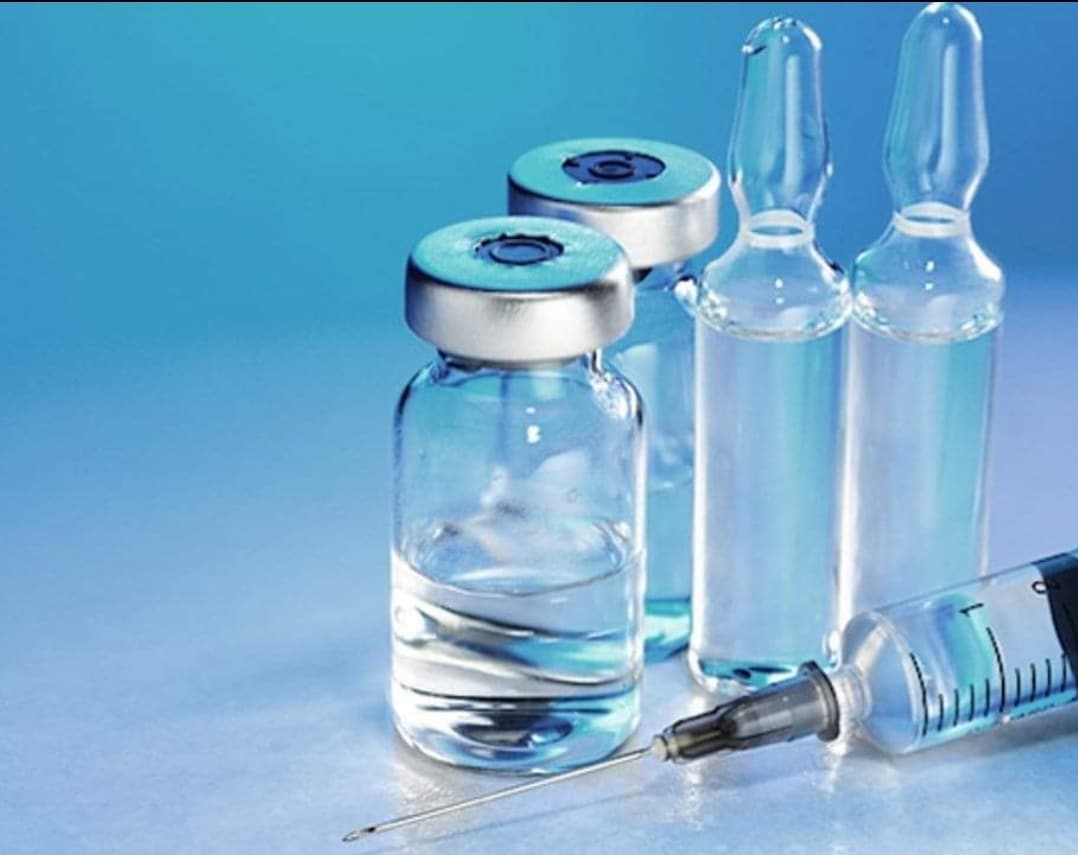USP Syringeability Testing of Injectable Solutions
The United States Pharmacopeia (USP) Syringeability Testing is a critical quality control measure that ensures injectable solutions are easily and accurately dispensable through syringes, ensuring patient safety. This test evaluates the flow properties of liquid pharmaceutical products to determine whether they meet the requirements for ease of injection as defined in USP Chapter 78. Proper syringeability is essential because it directly impacts the safety and efficacy of medication administration.
The USP specifies that injectable solutions should be easily dispensable from a standard 1cc syringe, which has an inner diameter of approximately 2.3mm at its tip. A solution passes this test if it can be drawn into and expelled from the syringe without excessive force or resistance. The primary objective is to ensure that medications are administered accurately and without causing discomfort or injury to the patient.
During the USP Syringeability Test, a pre-determined volume of the injectable solution (typically 1cc) is drawn into a 1cc syringe. A stopwatch measures the time required for the first 0.5ml to be expelled from the needle without assistance. If this process takes longer than 6 seconds, the solution fails the test and requires further investigation or reformulation.
This testing method ensures that injectable solutions are not only effective but also user-friendly, which is crucial in healthcare settings where medication administration must be precise and efficient. The test highlights potential issues such as excessive viscosity, particle matter, or incomplete dissolution of active ingredients, all of which can affect the ease of injection.
The significance of USP Syringeability Testing extends beyond mere compliance—it underscores a commitment to patient safety. By ensuring that injectable solutions are easily dispensable, healthcare providers can mitigate risks associated with improper medication administration. This includes reducing the likelihood of air embolisms, pain during injection, and potential complications from prolonged needle insertion.
In addition to enhancing patient comfort and safety, USP Syringeability Testing also plays a vital role in ensuring product quality and consistency across batches. It helps manufacturers identify variations in formulation that could impact dispensability and, consequently, the overall effectiveness of the medication. Regular testing allows for continuous improvement in pharmaceutical processes, ultimately leading to more reliable products.
Given the importance of this test in both clinical and manufacturing environments, it is essential that laboratories performing USP Syringeability Testing adhere strictly to standardized procedures. This ensures consistent results across different batches and facilities, thereby maintaining high standards of quality control.
Why It Matters
The reliability and ease of administration of injectable solutions are paramount in healthcare settings. Ensuring that these products meet the USP Syringeability Testing criteria not only guarantees patient safety but also enhances treatment outcomes. Proper syringeability ensures that medications can be administered accurately, minimizing errors and reducing the risk of complications.
From a regulatory perspective, compliance with USP standards is non-negotiable for pharmaceutical manufacturers. Failure to meet these requirements could lead to product recalls or even legal action. By incorporating USP Syringeability Testing into their quality control processes, companies demonstrate their commitment to adhering to international best practices and maintaining the highest standards of pharmaceutical integrity.
For healthcare providers, ensuring that injectable solutions pass this test translates directly into improved patient care. Easy syringeability reduces the likelihood of adverse events during administration, such as pain or tissue damage. This is particularly important for vulnerable populations like elderly patients or those with compromised immune systems who may be more susceptible to complications.
Moreover, USP Syringeability Testing supports the broader goal of optimizing healthcare practices by fostering a culture of continuous improvement and innovation in pharmaceutical manufacturing. By identifying areas where solutions fail this test, manufacturers can refine their formulations and processes, leading to safer and more effective medications.
In conclusion, the importance of USP Syringeability Testing cannot be overstated. It is an essential component of quality assurance that directly impacts patient safety, treatment efficacy, and overall healthcare outcomes. By adhering to this testing protocol, pharmaceutical manufacturers and healthcare providers can ensure that injectable solutions are both safe and user-friendly.
Applied Standards
| Standard | Description |
|---|---|
| USP Chapter 78 | Syringeability Testing for Injectable Solutions |
| ASTM D3666-12 | Standard Test Method for Determining the Flow Properties of Hydraulic Fluids and Other Liquids |
The USP Chapter 78 outlines specific criteria for evaluating the ease with which injectable solutions can be dispensed from a syringe. According to these standards, a solution must pass through a 1cc syringe without excessive force or resistance within a specified time frame.
ASTM D3666-12 provides additional context on the flow properties of liquids, which is relevant when considering how injectable solutions behave under pressure and temperature variations. This standard helps laboratories calibrate their testing equipment to ensure accurate results.
Quality and Reliability Assurance
Ensuring consistent quality across batches of pharmaceutical products is a cornerstone of successful manufacturing. USP Syringeability Testing plays a pivotal role in this process by providing reliable data that helps manufacturers identify potential issues early on.
Regular testing allows for the continuous monitoring of product consistency, ensuring that each batch meets the required standards for easy dispensation. This proactive approach not only enhances patient safety but also supports the broader goal of maintaining high standards of pharmaceutical integrity.
In addition to its role in quality control, USP Syringeability Testing contributes significantly to the overall reliability of injectable solutions. By identifying and addressing any inconsistencies early in the production process, manufacturers can prevent costly recalls and improve customer satisfaction.
The testing protocol itself is designed to be robust and repeatable, ensuring that results are consistent across different laboratories and facilities. This consistency is crucial for maintaining trust with regulatory bodies and healthcare providers alike.
By integrating USP Syringeability Testing into their quality assurance programs, pharmaceutical manufacturers demonstrate their commitment to excellence in product development and production. This not only enhances patient safety but also supports the ongoing evolution of safe and effective medications.





